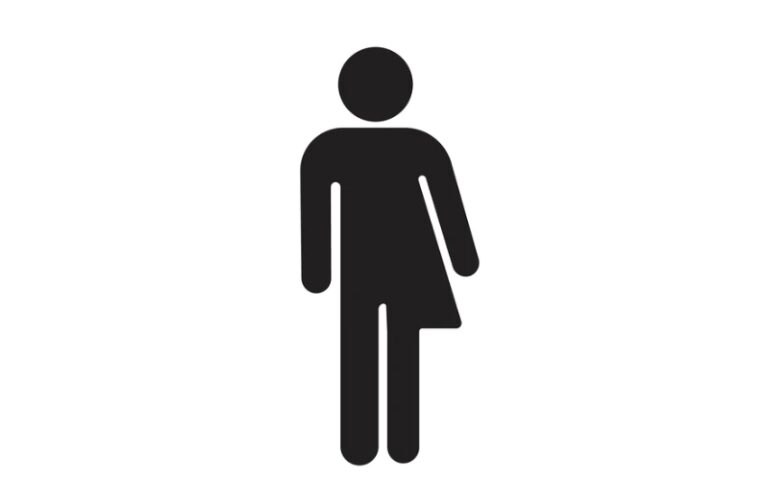Gender Neutral Terms in Theatre

Throughout history in the performing arts, everything has had a label. This is essential both on stage and backstage for actors and crew alike. Everything from the largest role to the smallest prop gets a label. These labels are there to help everyone who needs them understand when it is needed. Some shows have gone the extra mile to switch from traditional labels for cast members to more gender neutral terms.
As most in theatre know, a show is filled out with cast members called the ensemble. The ensemble is anyone in the cast who is not considered a named or principal role. The ensemble cast fill several important duties whether the audience is aware of it or not. They make dozens of quick changes during the show, typically cover roles when the principals are sick, memorise multiple dance numbers for their characters as well as any that they cover, and of course handle all of their own props. These roles in the ensemble are traditionally broken into two groups: Male and Female. With more gender neutral, non-binary and transgenders joining theatre in these roles some shows have chosen to help them feel included and changed the traditional groups.

Most major productions will try to keep the number of ensembles even unless the show specifically requires more of one than the other. So males would be numbered one through however many would be needed and same with the females. An example microphone might say “M1” as its label so it would be easy to recognise on the mixing desk. This also helps when someone from the ensemble needs to cover a principal role. Their microphone is not simply discarded, someone else fills the role they left and (hopefully) nothing is mixed up. With shows that have chosen to use gender neutral terms, the microphone might instead be labelled with something entirely different.
Some labels could include something specific about the ensemble’s costume such as Dress and Coat to describe the traditionally identified male and female roles. Some labels could be something including the colour of wig they’re wearing like Pink and Black. Some may choose to go for Hats and Heels if the ensemble goes through so many changes but mostly keep those specific elements.

Because of these labels slowly changing in shows, this has a trickle down effect on other items matching these labels. Props are typically labelled with the character’s name instead of the actor’s name. This is essential when rushing to grab props and it tells the crew who is supposed to have a prop and who was the last to have it. When the ensemble has gender neutral terms, it will match the labels on each of their individual props. This is potentially dozens of smaller props getting labelled with gender neutral terms. This effect will likely not have affected areas of theatre such as costumes and wigs, because each of those are labelled to the individual actors instead of the characters they play. However, it is still exciting to see a diverse community continue to be inclusive.
All photos from Shutterstock.
Back to Home
Editor's Note: At StageLync, an international platform for the performing arts, we celebrate the diversity of our writers' backgrounds. We recognize and support their choice to use either American or British English in their articles, respecting their individual preferences and origins. This policy allows us to embrace a wide range of linguistic expressions, enriching our content and reflecting the global nature of our community.
🎧 Join us on the StageLync Podcast for inspiring stories from the world of performing arts! Tune in to hear from the creative minds who bring magic to life, both onstage and behind the scenes. 🎙️ 👉 Listen now!
